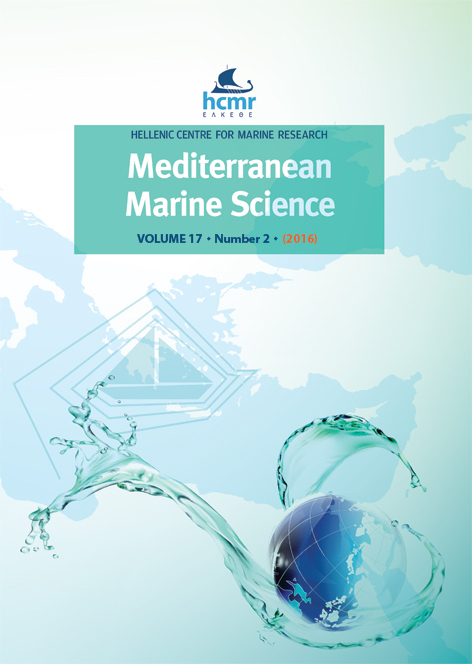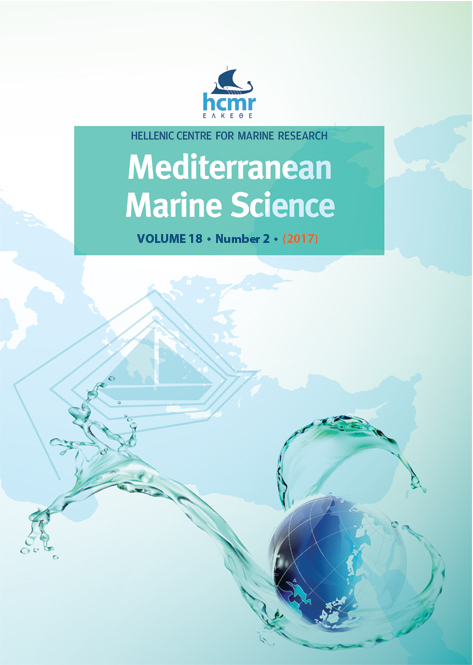Annotated checklist of marine Algerian Crustacean Decapods

Abstract
Sampling surveys (1976-2013) of soft-bottom communities and some hard bottom communities along the Algerian coast (1,180 km) have allowed the collection of 114 species of crustacean decapods of which of 37 were reported for the first time for the Algerian decapods fauna; for these species additional comments concerning their ecological and geographical patterns are given. The inventory of all benthic and pelagic decapods recorded along the Algerian coast reaches 253 species. Three families on a total of 57 families were highly diversified: Paguridae (17 species), Polybiidae (16 species) and Processidae (13 species). The presence of the 253 recorded species along the Algerian coast has been compared with eight other areas from the Mediterranean Sea. The decapods fauna of the Algerian coast is among the most richest of the Mediterranean Sea and comparable of that of Italy.
Article Details
- How to Cite
-
GRIMES, S., BAKALEM, A., & DAUVIN, J. (2016). Annotated checklist of marine Algerian Crustacean Decapods. Mediterranean Marine Science, 17(2), 384–395. https://doi.org/10.12681/mms.1420
- Issue
- Vol. 17 No. 2 (2016)
- Section
- Research Article
Authors who publish with this journal agree to the following terms:
- Authors retain copyright and grant the journal right of first publication with the work simultaneously licensed under a Creative Commons Attribution Non-Commercial License that allows others to share the work with an acknowledgement of the work's authorship and initial publication in this journal.
- Authors are able to enter into separate, additional contractual arrangements for the non-exclusive distribution of the journal's published version of the work (e.g. post it to an institutional repository or publish it in a book), with an acknowledgement of its initial publication in this journal.
- Authors are permitted and encouraged to post their work online (preferably in institutional repositories or on their website) prior to and during the submission process, as it can lead to productive exchanges, as well as earlier and greater citation of published work (See The Effect of Open Access).





